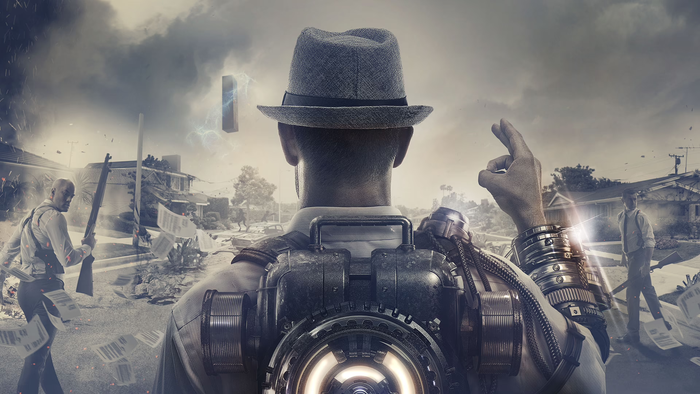Disputed Study Suggests Violent Cutscenes May 'Blunt' Teen Reaction To Aggression
Repeated viewing of violent scenes in video games, film and television could make aggressive behavior feel more "acceptable" to teenage boys according to a disputed study conducted by the U.S. National Institutes of Health.

Repeated viewing of violent scenes in films, television or video games may blunt response to aggression in teenage boys, new U.S. research suggests. A National Institutes of Health study, published in the journal Social Cognitive & Affective Neuroscience, involved showing 60 violent scenes pulled from a variety of visual media to 22 boys aged 14 to 17. The study found that the violent clips appeared to blunt brain responses to the on-screen violence. "The implications of this include the idea that continued exposure to violent videos will make an adolescent less sensitive to violence, more accepting of violence, and more likely to commit aggressive acts since the emotional component associated with aggression is reduced and normally acts as a brake on aggressive behaviour," said author Dr Jordan Grafman. In the study the violence shown was ranked "low", "mild" or "moderate". The boys were then asked to rate whether they thought each clip was more or less aggressive than the one which preceded it. Additionally, electrodes were attached to the participants' fingers in order to detect any increases in sweat, a sign of an emotional response. The longer the boys watched videos, particularly the mild or moderate ones, the less they responded to the violence displayed within. However, Dr Grafman's conclusion was contested by Professor David Buckingham, Director of the Centre for the Study of Children, Youth and Media, who said, in comments to BBC News: "The suggestion is that, over a period of time, people can develop a kind of tolerance to these images - but another word for that is just boredom." "This debate has been going on since before we were all born," said Professor Buckingham. "In the 19th Century people were panicking about the effect of 'Penny Dreadfuls'. If we are truly interested in violence and aggression, rather than blaming the media for everything wrong in the world, we need to look at what motivates it in real life." Following an exhaustive investigation into children's digital safety in the U.K. led by child psychologist Dr Tanya Byron in 2007, the UK government decided to fully adopt the Pan-European Game Industry system for classifying video games. Earlier this year Byron said there had been "significant progress [in] improving children's digital safety" in the UK. She also warned against blaming violence in society on digital media, saying: "Let's stop blaming industry for things industry isn't responsible for, that's number one. Number two, the industry has worked really positively with me. I do believe this industry does not intend to corrupt young people. Number three, I think there's a positive that adult games are created with adult content for adults to play."
About the Author
You May Also Like









